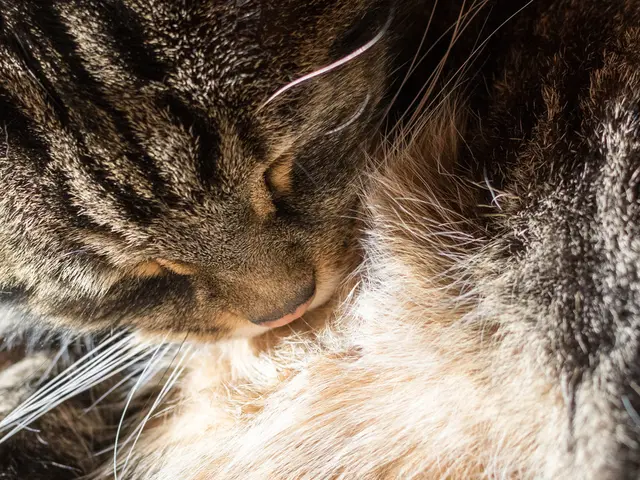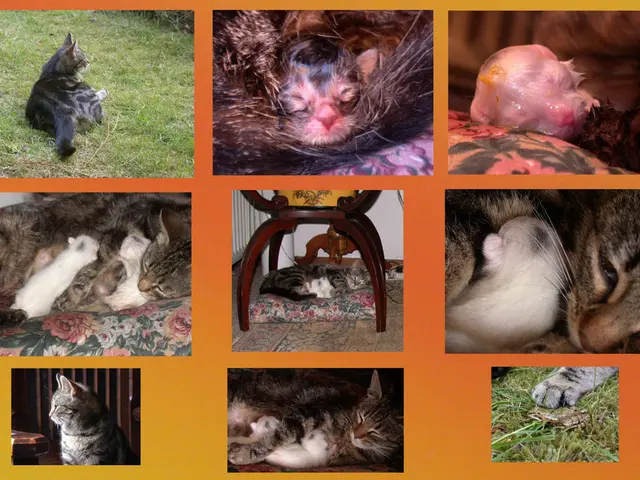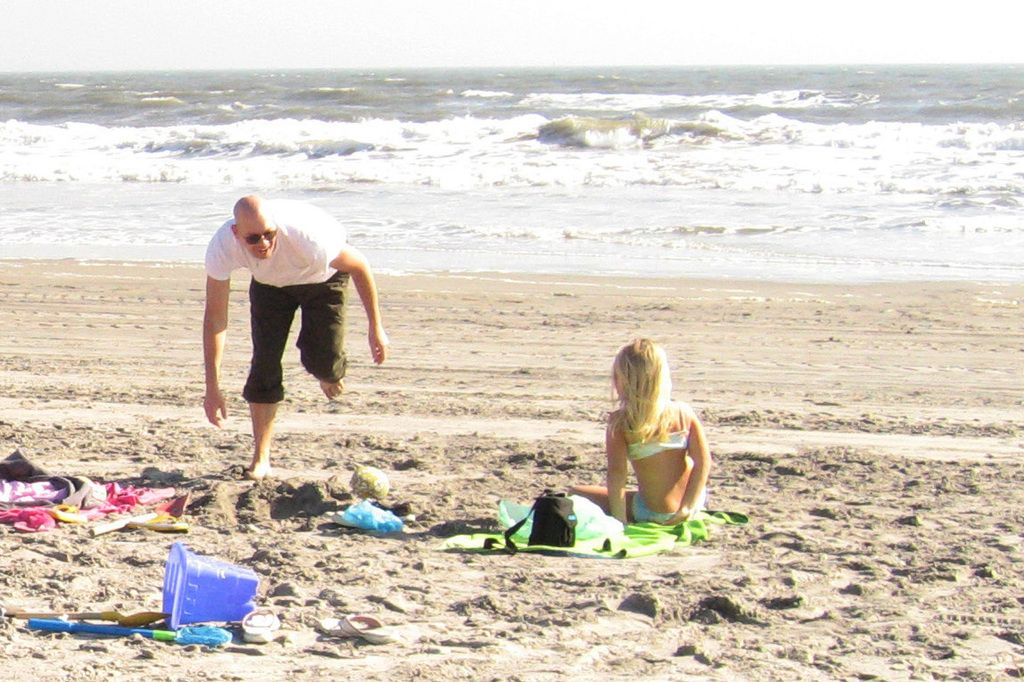Strategies for Securing and Maintaining the Health of Containerized Plants
Strolling Outside with Your Furry Pals? Be Wary of Threats in Gardens - Especially Pine Processionary Caterpillars
Embrace the good weather and take your pets for a walk – just be mindful of the hidden risks in outdoor spaces, specifically the pesky pine processionary caterpillar. Sofia Alves, the Clinical Director of AniCura Vasco da Gama Veterinary Hospital, offers advice on safeguarding your pets.
Curious about pet stress? Here's what to watch out for
When it comes to the sensitive eyes of pets, it's essential to be cautious if they encounter pine processionary caterpillars. According to Alves, "in the event of suspected contact with the caterpillar, the veterinary team aggressively irrigates the cornea with saline to eliminate as many caterpillar hairs as possible."
Protecting Your Four-Legged Friends
To ensure the safety of your pets, follow these tips during your outdoor adventures.
-Steer clear of pine forests or areas with high concentrations of caterpillars. Remember, though, that the prevalence of these critters varies by region in Portugal, so always exercise caution from January to June.-Utilize a short leash during walks. This gives you more control and stops your pet from licking or sniffing something dangerous.-Prevent your animal from investigating or touching the caterpillars. Their toxic hairs can trigger severe reactions, including allergies, tongue decay, and breathing issues. Check out this fascinating read: Pets can offer more emotional fulfillment than humans
Stay informed and aware of the risks and take proactive measures to protect your furry friends. It's a small effort that ensures many happy, healthy escapades together!
Additional Information:- Caterpillar habitats: Avoid pine tree areas during their peak season, usually winter/spring, when they descend trees in processions, particularly in forested areas, parks, or gardens. Keep an eye out for silvery-white nests often located high in pine branches and report infestations to local authorities for removal.- Safety Measures: Leash pets near pines to prevent contact with fallen caterpillars or detached toxic hairs. Consider pruning gardens regularly to reduce tree height and improve nest visibility.- Emergency Response: In case of contact, rinse the affected area with water (but don't rub) and seek immediate veterinary attention. Education and awareness within local communities about the dangers posed by these pests are crucial, as infestations recur annually. Adopting proactive management, like Gocek Animal Rescue did in eliminating infestations through persistent maintenance, is key.
- Pay attention to the season and avoid walking your pets in pine forests or areas with high concentrations of pine processionary caterpillars, especially during winter and spring.
- Maintain a short leash when taking your pets for walks to prevent them from encountering and potentially ingesting the toxic hairs of pine processionary caterpillars.
- Be cautious with your pet's exploration in outdoor spaces, particularly around pine trees, to avoid exposure to these harmful caterpillars and their potentially severe reaction-causing hairs.
- In the event of suspected contact with pine processionary caterpillars, veterinary teams will aggressively irrigate the affected area with saline to eliminate as many caterpillar hairs as possible.
- Embrace the science behind understanding that pets can provide emotional benefits exceeding those of humans, but remember to prioritize their health-and-wellness and fitness-and-exercise by following safety measures when walking them outside, particularly in and around pine trees.








